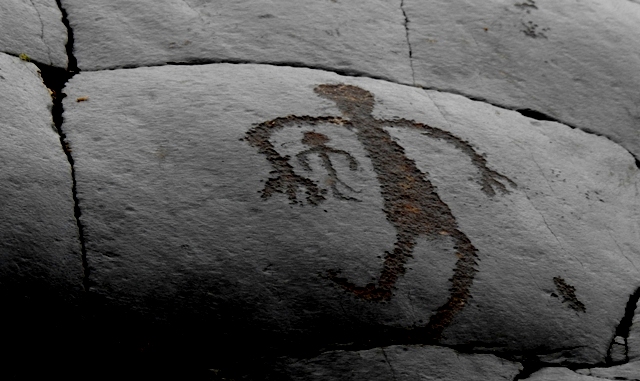https://www.nature.com/articles/s41477-023-01367-3
Deep knowledge of crop biodiversity is essential to improving global food security. Despite bread wheat serving as a keystone crop worldwide, the population history of bread wheat and its relatives, both cultivated and wild, remains elusive. By analysing whole-genome sequences of 795 wheat accessions, we found that bread wheat originated from the southwest coast of the Caspian Sea and underwent a slow speciation process, lasting ~3,300 yr owing to persistent gene flow from its relatives. Soon after, bread wheat spread across Eurasia and reached Europe, South Asia and East Asia ~7,000 to ~5,000 yr ago, shaping a diversified but occasionally convergent adaptive landscape in novel environments. By contrast, the cultivated relatives of bread wheat experienced a population decline by ~82% over the past ~2,000 yr due to the food choice shift of humans. Further biogeographical modelling predicted a continued population shrinking of many bread wheat relatives in the coming decades because of their vulnerability to the changing climate. These findings will guide future efforts in protecting and utilizing wheat biodiversity to enhance global wheat production.

Compare to this map about the spread of Indo-European languages (Max Planck Institute):

Deep knowledge of crop biodiversity is essential to improving global food security. Despite bread wheat serving as a keystone crop worldwide, the population history of bread wheat and its relatives, both cultivated and wild, remains elusive. By analysing whole-genome sequences of 795 wheat accessions, we found that bread wheat originated from the southwest coast of the Caspian Sea and underwent a slow speciation process, lasting ~3,300 yr owing to persistent gene flow from its relatives. Soon after, bread wheat spread across Eurasia and reached Europe, South Asia and East Asia ~7,000 to ~5,000 yr ago, shaping a diversified but occasionally convergent adaptive landscape in novel environments. By contrast, the cultivated relatives of bread wheat experienced a population decline by ~82% over the past ~2,000 yr due to the food choice shift of humans. Further biogeographical modelling predicted a continued population shrinking of many bread wheat relatives in the coming decades because of their vulnerability to the changing climate. These findings will guide future efforts in protecting and utilizing wheat biodiversity to enhance global wheat production.

Compare to this map about the spread of Indo-European languages (Max Planck Institute):

















